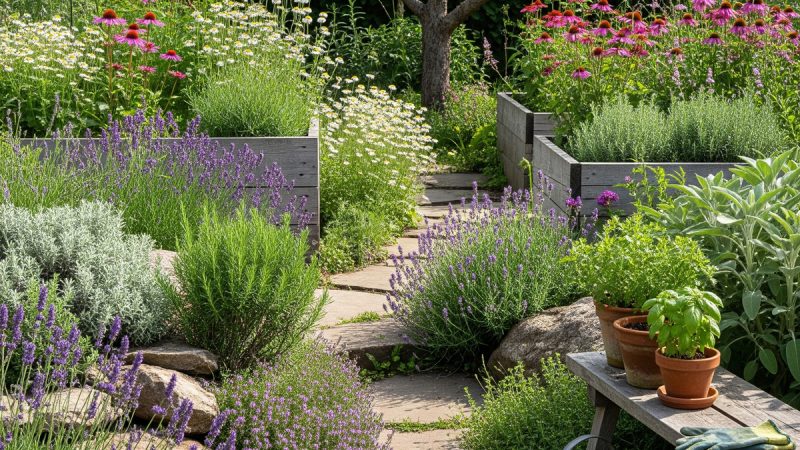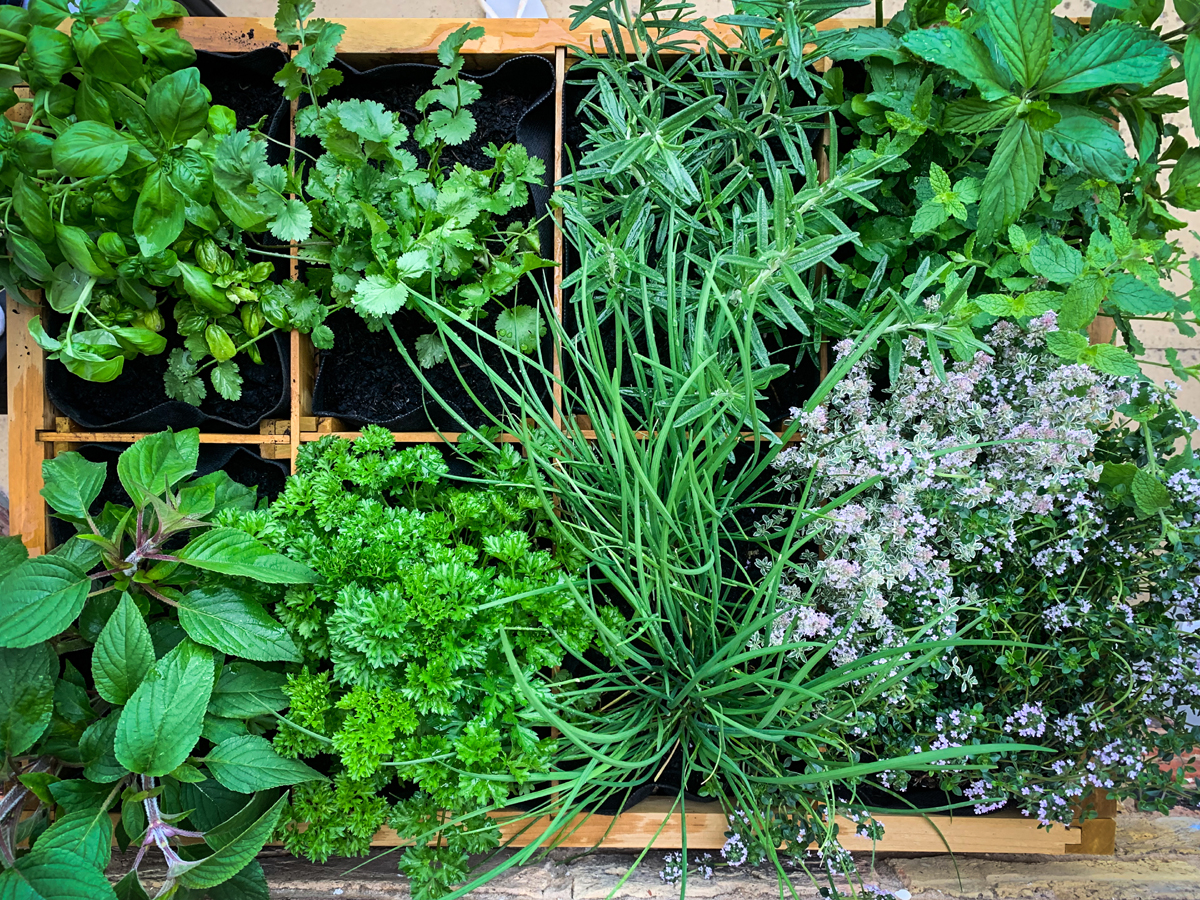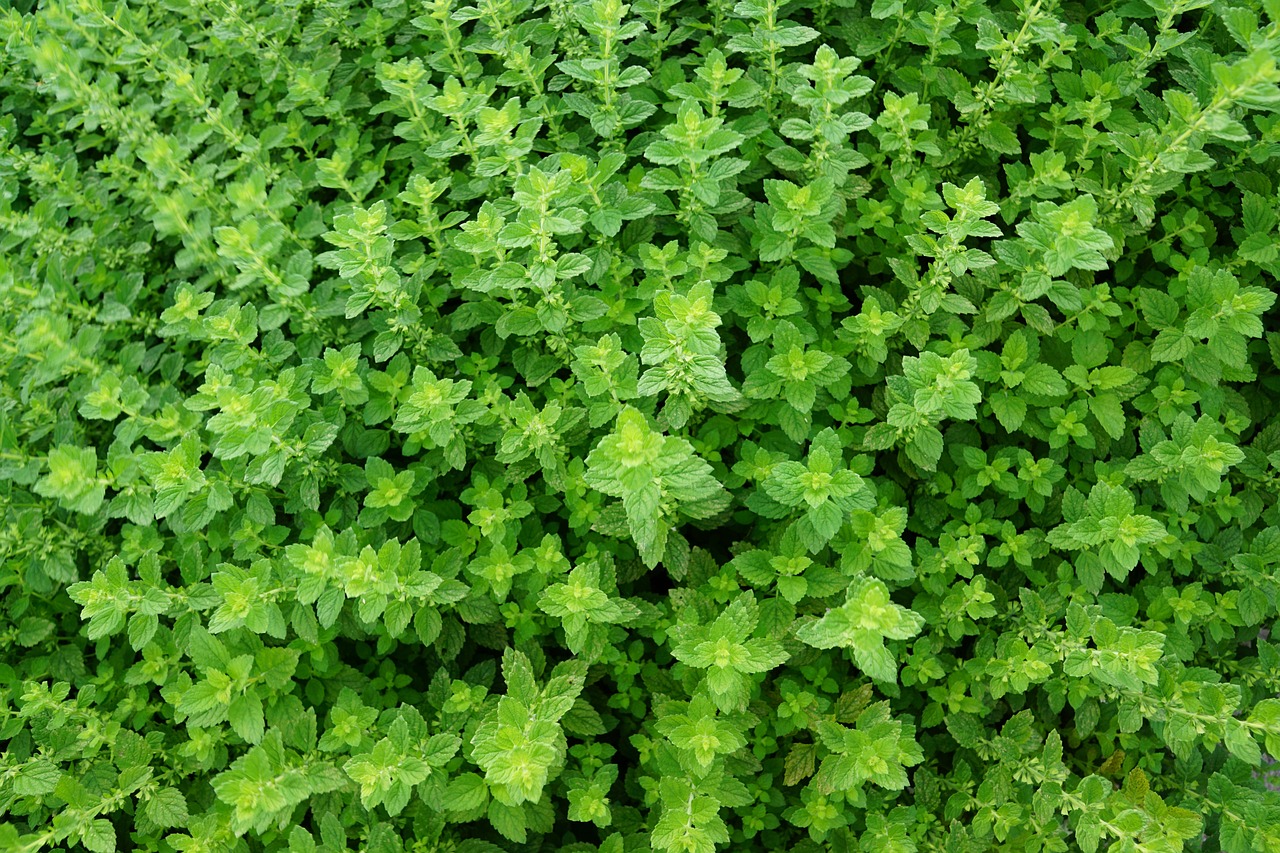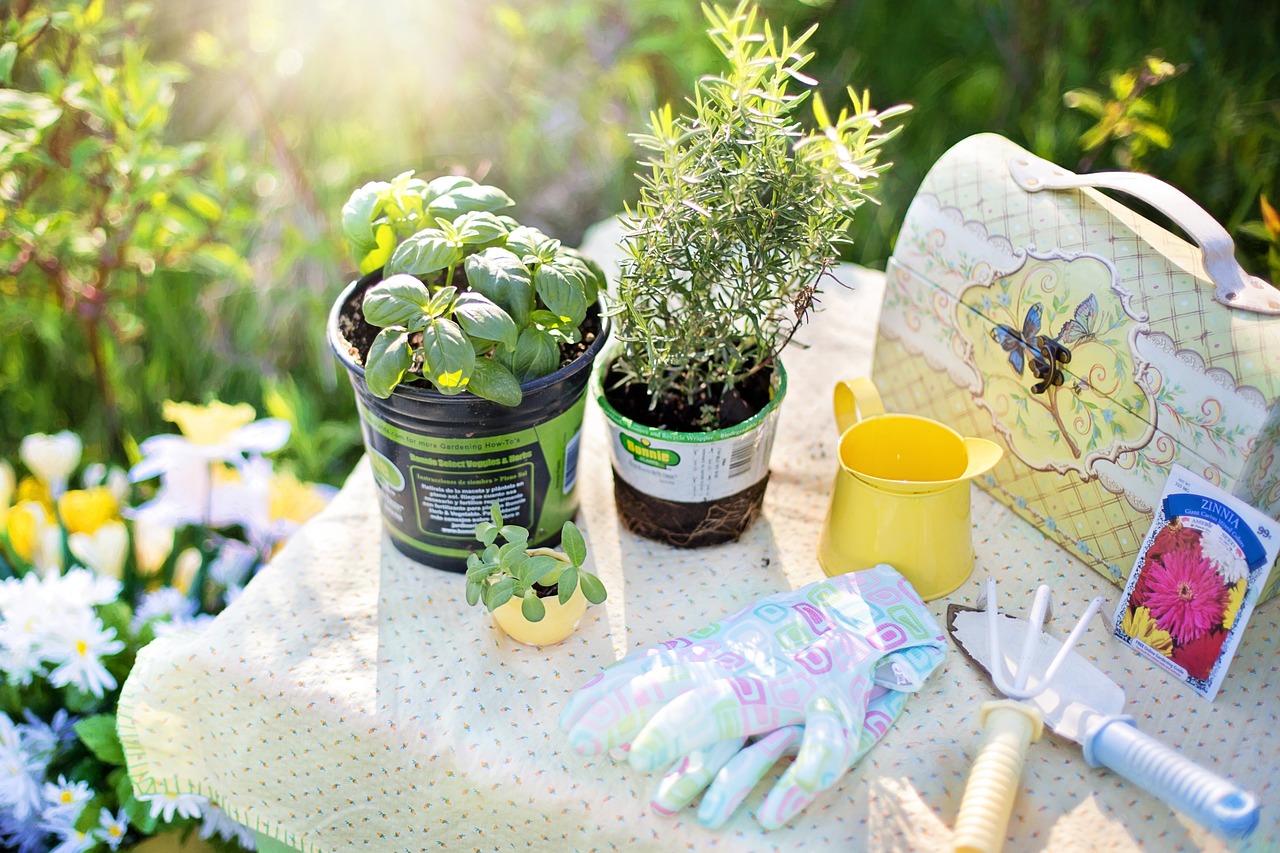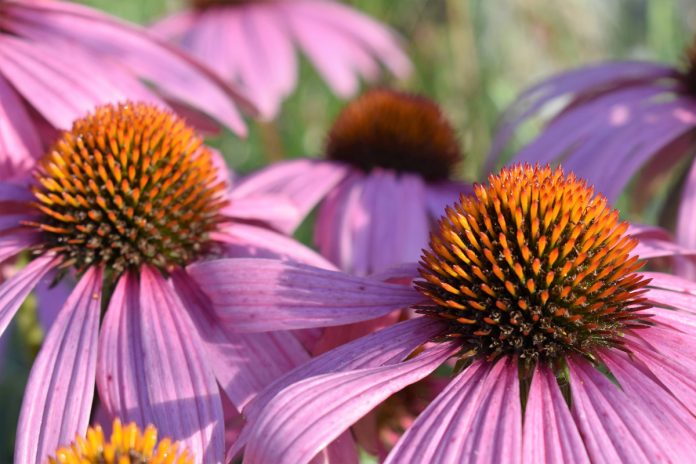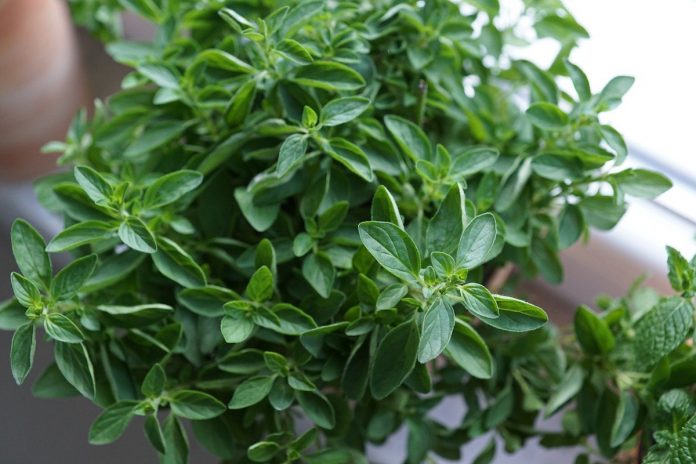Growing and Harvesting Lemon Balm
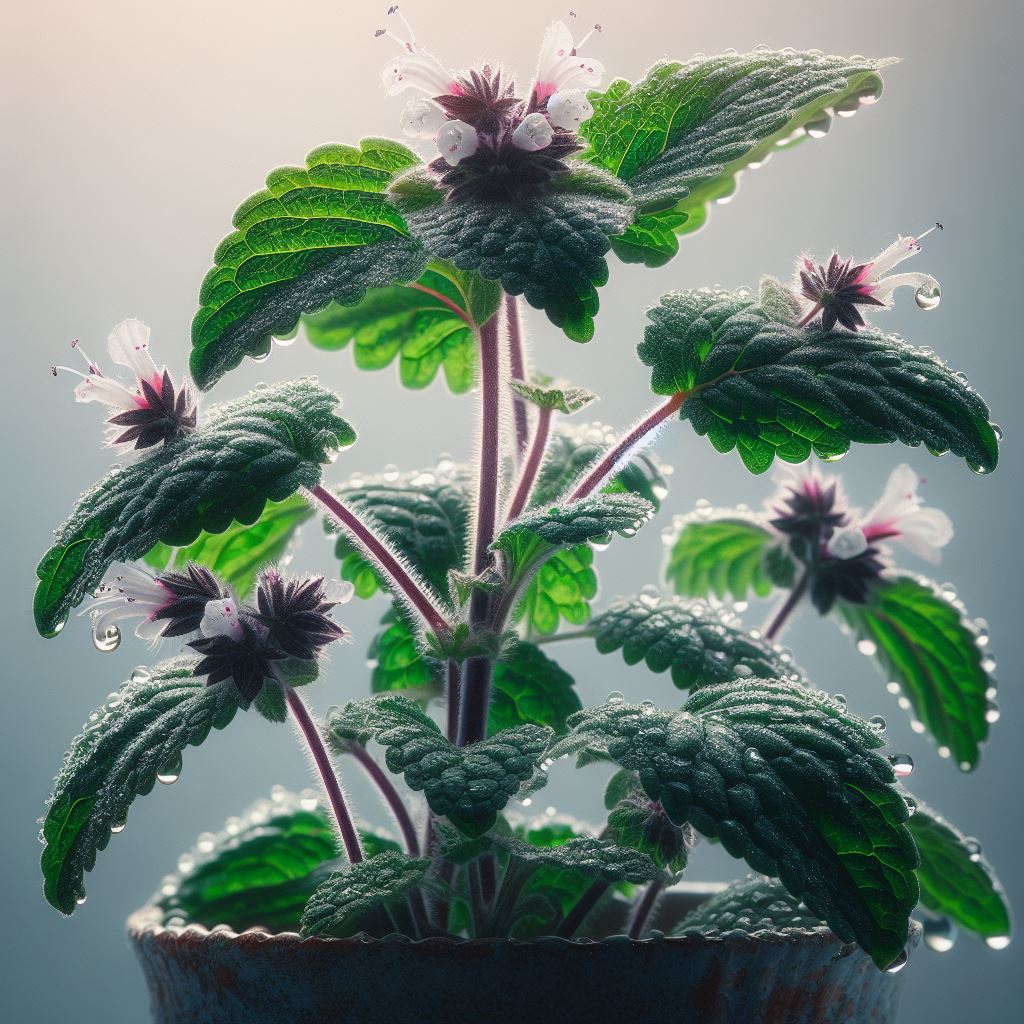
Lemon balm, also known as Melissa officinalis, is a fragrant herb that is native to the Mediterranean region. It belongs to the same family as mint and basil and has been used for centuries for its therapeutic and culinary properties.
Appearance:
Lemon balm has green leaves with a lemony scent and flavor. The plant can grow up to 2-3 feet tall and has small, white flowers in the summer.
History:
Lemon balm has a rich history dating back to medieval times when it was believed to have magical properties. It was used to ward off evil, promote sleep, and as a remedy for gastrointestinal issues. Today, it is known for its calming and relaxing properties and for its use in various teas, balms, and skincare products.
Culture:
Lemon balm is a hardy perennial that grows best in full sun to partial shade. It can be grown in containers or in the ground and prefers well-drained soil. It is a drought-tolerant plant but thrives with regular watering.
Planting Times:
Lemon balm can be planted in the spring or fall. You can start the seeds indoors 6-8 weeks before the last frost date or sow them directly in the garden.
Watering and Fertilizing:
Lemon balm prefers moist soil, so it’s important to water it regularly. However, avoid over-watering as it can cause root rot. Fertilizing once or twice a year with a balanced fertilizer can help promote healthy growth.
Lighting:
Lemon balm prefers full sun to partial shade, but it can also grow in shade.
Pest Management:
Lemon balm is generally resistant to pests and diseases, but it can attract aphids and whiteflies. To prevent infestations, spray the plant with a mixture of water and dish soap or use neem oil.
Harvest:
Lemon balm leaves can be harvested any time once the plant has reached a height of 6 inches. You can harvest the leaves by cutting the stem right above the leaves. Leave some leaves on the plant to ensure continued growth.
Usage
Lemon balm has a variety of culinary uses and can be used in teas, salads, desserts, and cocktails. It is also a popular ingredient in skincare products and can be used to make lip balms, lotions, and soaps.
Propagating:
Lemon balm can be propagated through stem cuttings or by dividing the plant in the spring or fall.
Seeds:
Lemon balm seeds can be purchased online or at a local garden store. They can be sown directly in the garden or started indoors 6-8 weeks before the last frost date.
Overwintering:
Lemon balm is a hardy perennial and can survive winters with proper care. In colder regions, you can cover the plant with mulch to protect it from frost.
Storage of Dried Herbs:
To store dried lemon balm, keep it in an airtight container in a cool, dry place away from sunlight.
Medicinal Remedies:
Lemon balm has a long history of use in traditional medicine for its calming and relaxing properties. It is believed to help reduce stress, anxiety, and insomnia. It can also be used to soothe digestive issues and menstrual cramps.
Companion Planting:
Lemon balm is a great companion plant for other herbs like basil, thyme, and rosemary. It can also be planted with vegetables like tomatoes, peppers, and eggplants. It can help repel pests and improve flavor.
Growing and harvesting lemon balm is easy and rewarding. With its numerous culinary, cosmetic, and medicinal uses, it’s no wonder that it has been valued for centuries. Adding lemon balm to your herb garden is a great way to enjoy its benefits and add beauty and fragrance to your landscape.
The Author:
Pioneerthinking.com – Ingredients for a Simple Life.
Photo. PT

